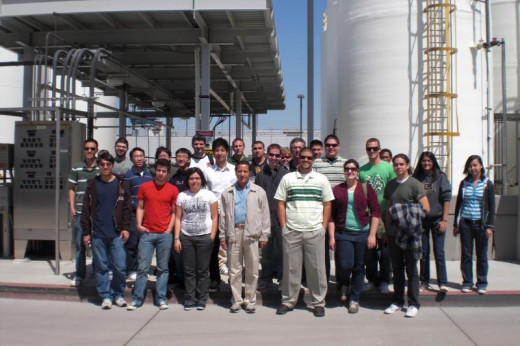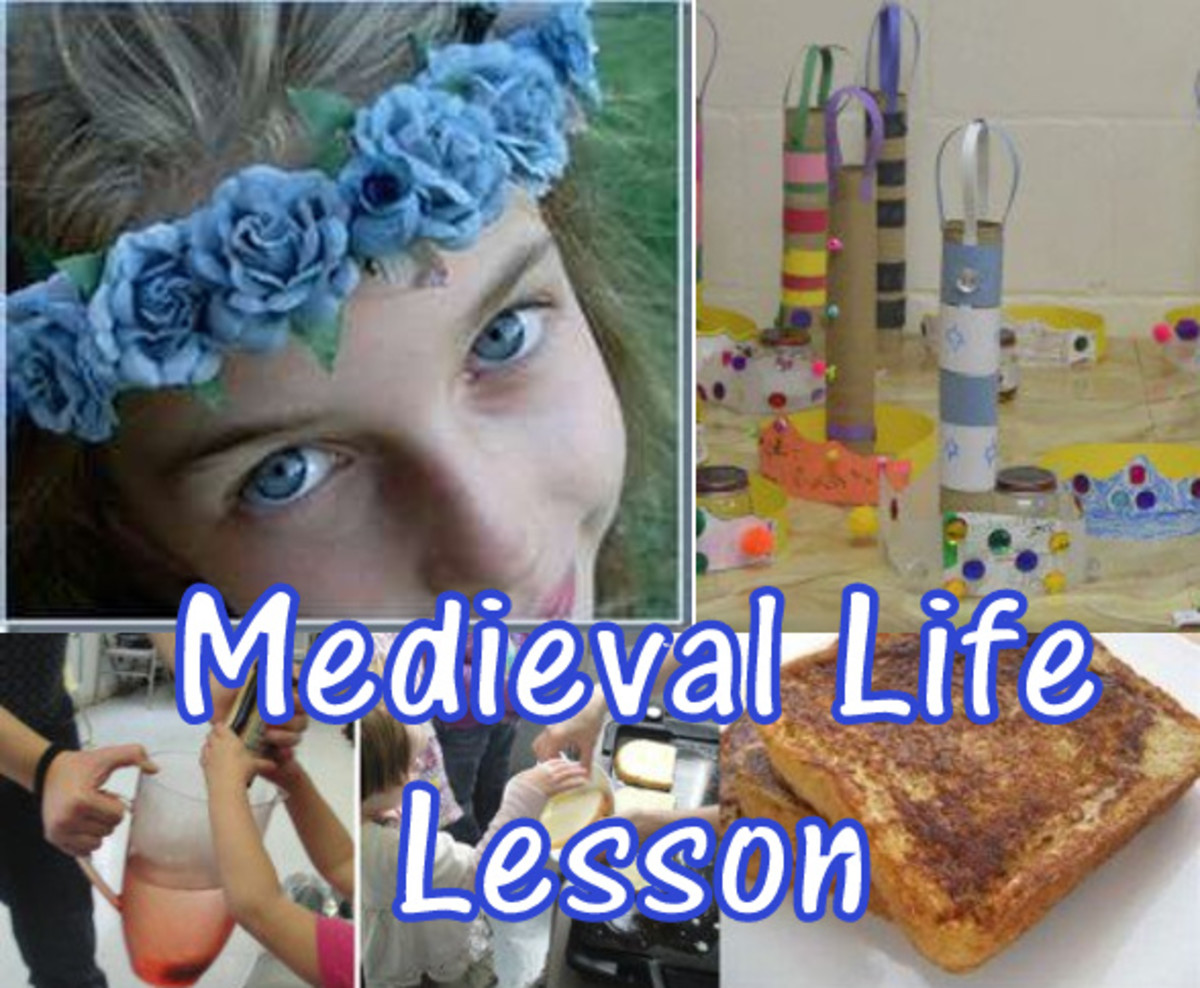Utilizing Occupational Field Trips

Introduction
When including an occupational course of study into an institution of higher learning’s curriculum, it is vital to incorporate both a level of reliability and validity into the program. By following this procedure, you will further ensure that your students will be able to successfully handle real-life situations. This is why it becomes expedient to comprise the use of field trips as a part of the coursework. Field trips have proven to be an effective learning experiences for both post-secondary adult learners and university students.
Self-paced as well as group-based programs can benefit from the inclusion of field trips. So can competency-based, more conventional programs in their scheduled learning activities. It should also be noted that the type of organization to be visited and the method in which the field trip is coordinated and orchestrated can vary. This will depend on the corporation's suitability for the level of the students engaged in the experience and the nature of the program’s approach.
This article is designed to assist a post-secondary instructor’s plan as well as direct individual and group field trips that will enrich both the students as well as their overall classroom learning experiences. Not only that, it will spark their interest in the world of work, and add concrete, real-world applications to their learning capabilities.

Directing Field Trips
A field trip is a visit to a place outside the regular classroom. It is designed to achieve certain objectives that cannot be achieved as well by using other, more conventional means. The distance traveled and the duration of the field trip will vary, depending on its purpose. A short walk through the school building to study the ventilation system, a trip across town to see a fashion show or a hospital, or a tour of a TV station in another city are field trips that may last from one class period to several days.
Field trips can help students appreciate the relevance and importance of what they learn in the classroom. Taking a cell-counting blood sample, for example, is a skill that can be learned in a school laboratory setting. But students may not learn the importance of the skill until they observe what goes on in a hospital laboratory, where the diagnosis and treatment of real patients depend on such skills.

Selecting a Field Trip
Certain factors must be considered before you invest the time and effort needed to direct a field trip.
- One of these factors is whether the instructional objective that the field trip is meant to achieve can be accomplished in another, more efficient way.
- Another factor is whether a field trip is feasible in terms of the community resources that are available.
- The needs and interests of students should always be considered in selecting a field trip.
- Also, what is appropriate and feasible for one student may not be so for a group?

Individual vs Group Field Trips
Individual Field Trips
Individual field trips are usually best in situations such as the following:
- Students have special needs.
- Students are working on individual projects.
- Instruction is individualized.
- Students have individual responsibilities within the group.
- Individual interviews are needed.
- A group of students would disrupt the normal field situation.
Group Field Trips
Group field trips are usually best in situations such as the following:
- Guided tours are available.
- Different experiences are available at the same site.
- More than one viewpoint is desirable.
- Students are working on a group project.

Planning a Field Trip
Planning a field trip can be time-consuming and frustrating if a systematic procedure is not followed. Following the steps outlined below will reasonably assure you that the plan will be successful.
- Select the site—the first step in planning a field trip is to identify places in the community that will help students achieve a particular objective.
- Plan an agenda—once you have selected a destination, you will need to obtain information to help you plan a schedule for the trip.
- Get school approval—after you have planned a tentative agenda, you may need to meet with school officials to get approval for the trip.
- Plan transportation—if transportation is required, it should be considered at the same time that you are planning the agenda.
Plan food—for trips that last more than a few hours, the agenda should include time for meals and relaxation.
Let's Go!
PLANNING A FIELD TRIP
Selecting the Site:
- Is this an individual field trip?
- Is this a group field trip?
- Determine the purpose of the trip.
Plan an Agenda:
- Where students will go on the trip?
- What they will do or see there?
- Approximate time spent on each activity during the trip?
Get School Approval:
- Department Chair:
- Director of Academics:
Plan Transportation:
- Will students caravan?
- Will a van be used?
- Is the facility in walking distance?
Plan food:
- Are meals to be brought or eaten in a restaurant?
- What types of food should be brought?
- Restaurant considerations:
- What types of food will be served?
- How much will a typical meal cost?
- How many students can be readily accommodated?
- Are reservations necessary?
An Occupational Field Trip ...
Have you ever taken your students on an Occupational Field Trip?
© 2014 Jacqueline Williamson BBA MPA MS








